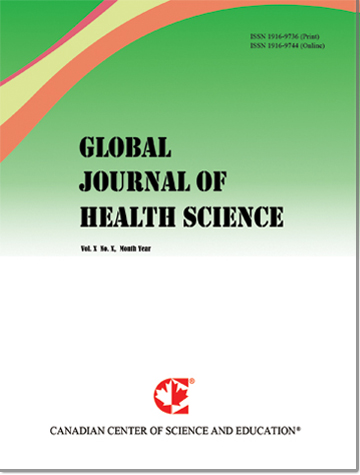Measuring the Knowledge and Perception of Riyadh Residents Regarding the Presence of Health Educators in Schools
- Hanan Alzaidi
- Nawaf Alnuwaysir
- Alia Almoajel
- Suliman Hadaddi
- Khalid Almutairi
- Naif Alessa
- Talal Almadani
- Faisal Alotibe
- Mohammed Alhaider
Abstract
BACKGROUND: Health educators play a crucial role in promoting student well-being and fostering healthy behaviors. Despite increasing health concerns among adolescents in Saudi Arabia, such as obesity and mental health disorders, public perceptions of health educators in schools remain underexplored.
OBJECTIVES: This study assesses Riyadh residents’ knowledge, perceptions, and support for integrating health educators into educational institutions.
MATERIALS & METHODS: A cross-sectional survey was conducted among 418 Riyadh residents aged 18 and older, using a convenience sampling approach. An electronic questionnaire measured demographic characteristics, perceived benefits, and opinions on the presence of health educators. Results Data were analyzed using descriptive statistics, t-tests, ANOVA, and regression analysisin SPSS.
RESULTS: A majority (97%) supported the presence of health educators in schools, with health professionals rating their benefits higher (mean = 4.7) than non-health professionals (mean = 4.5, p < 0.001). Despite strong support, 78% of participantsreported never attending a school with a health educator, indicating a gap in educational infrastructure. Regression analysis showed a strong positive association (B = 0.75 ± 0.02, R² = 68.0%, p < 0.001) between perceived benefits and health educator presence, particularly among younger and highly educated participants.
CONCLUSION: These findings highlight the need for integrating health educators into Saudi schools, aligning with national health initiatives and Saudi Vision 2030. Policymakers should consider pilot programs and training opportunities to bridge the gap between community expectations and current educational practices.
- Full Text:
 PDF
PDF
- DOI:10.5539/gjhs.v17n2p46
Journal Metrics
- h-index: 88 (The data was calculated based on Google Scholar Citations)
- i10-index: 464
- WJCI (2022): 0.897
- WJCI Impact Factor: 0.306
Index
- Academic Journals Database
- BASE (Bielefeld Academic Search Engine)
- CNKI Scholar
- Copyright Clearance Center
- Elektronische Zeitschriftenbibliothek (EZB)
- Excellence in Research for Australia (ERA)
- Genamics JournalSeek
- GHJournalSearch
- Google Scholar
- Harvard Library
- Index Copernicus
- Jisc Library Hub Discover
- JournalTOCs
- LIVIVO (ZB MED)
- MIAR
- PKP Open Archives Harvester
- Publons
- Qualis/CAPES
- ResearchGate
- ROAD
- SafetyLit
- Scilit
- SHERPA/RoMEO
- Standard Periodical Directory
- Stanford Libraries
- The Keepers Registry
- UCR Library
- UniCat
- UoB Library
- WJCI Report
- WorldCat
- Zeitschriften Daten Bank (ZDB)
Contact
- Erica GreyEditorial Assistant
- gjhs@ccsenet.org
